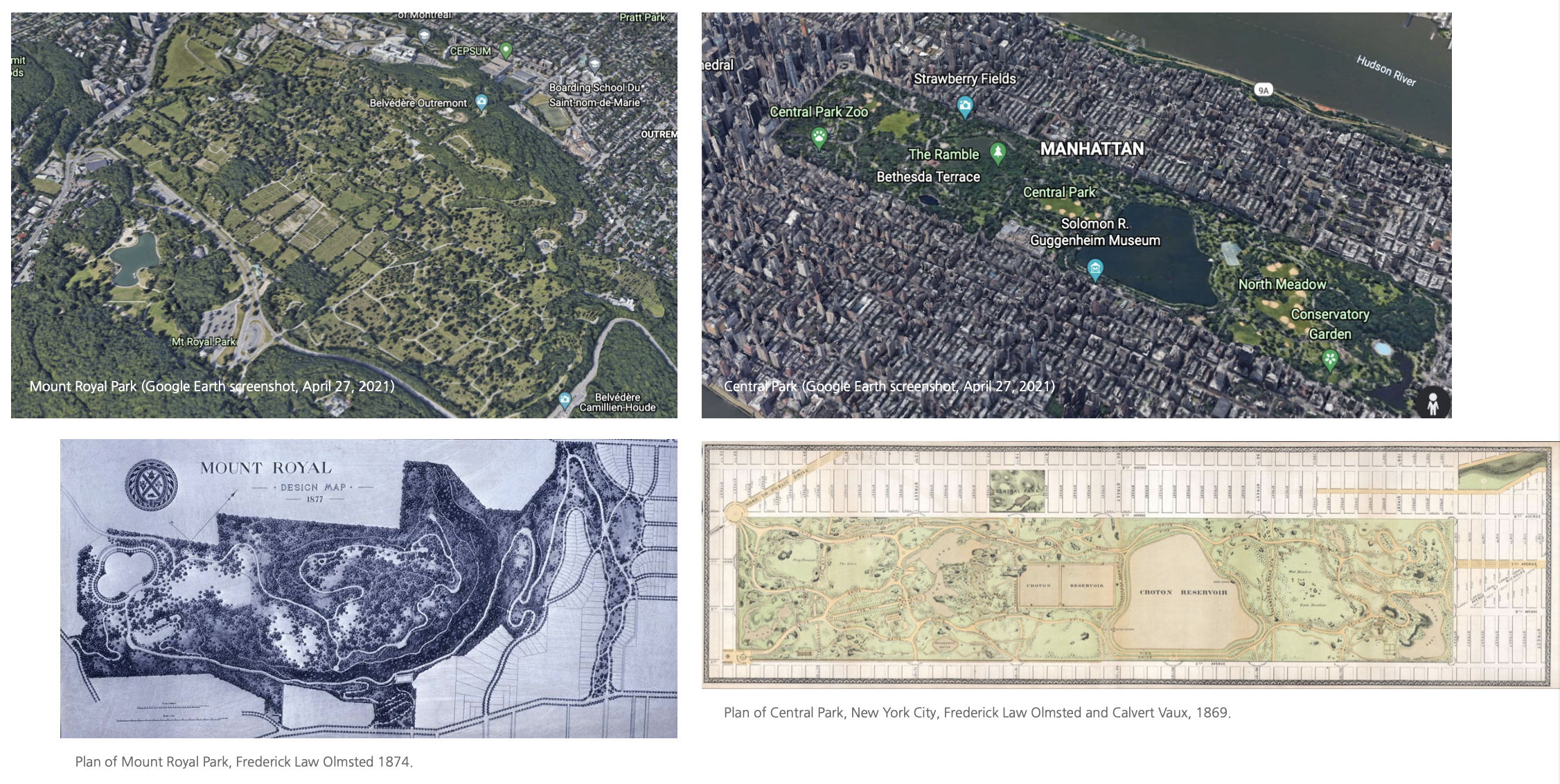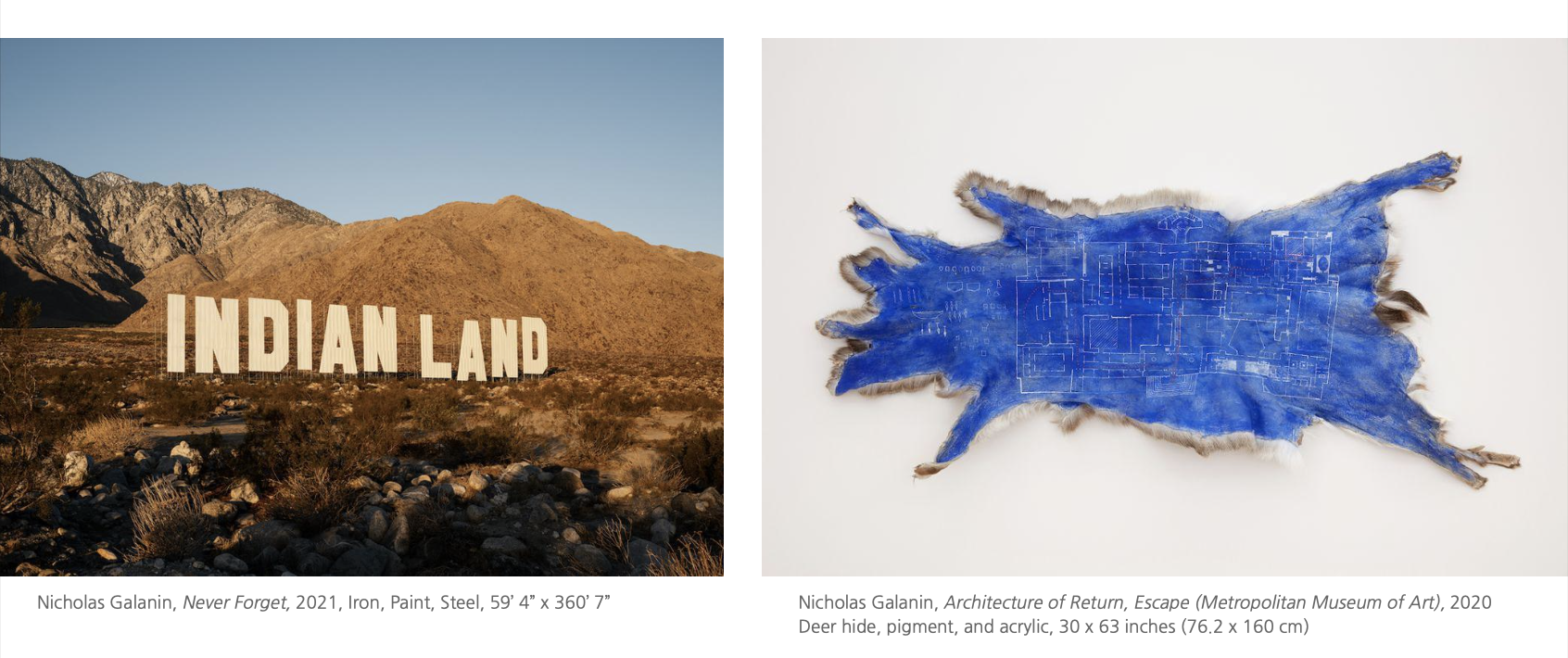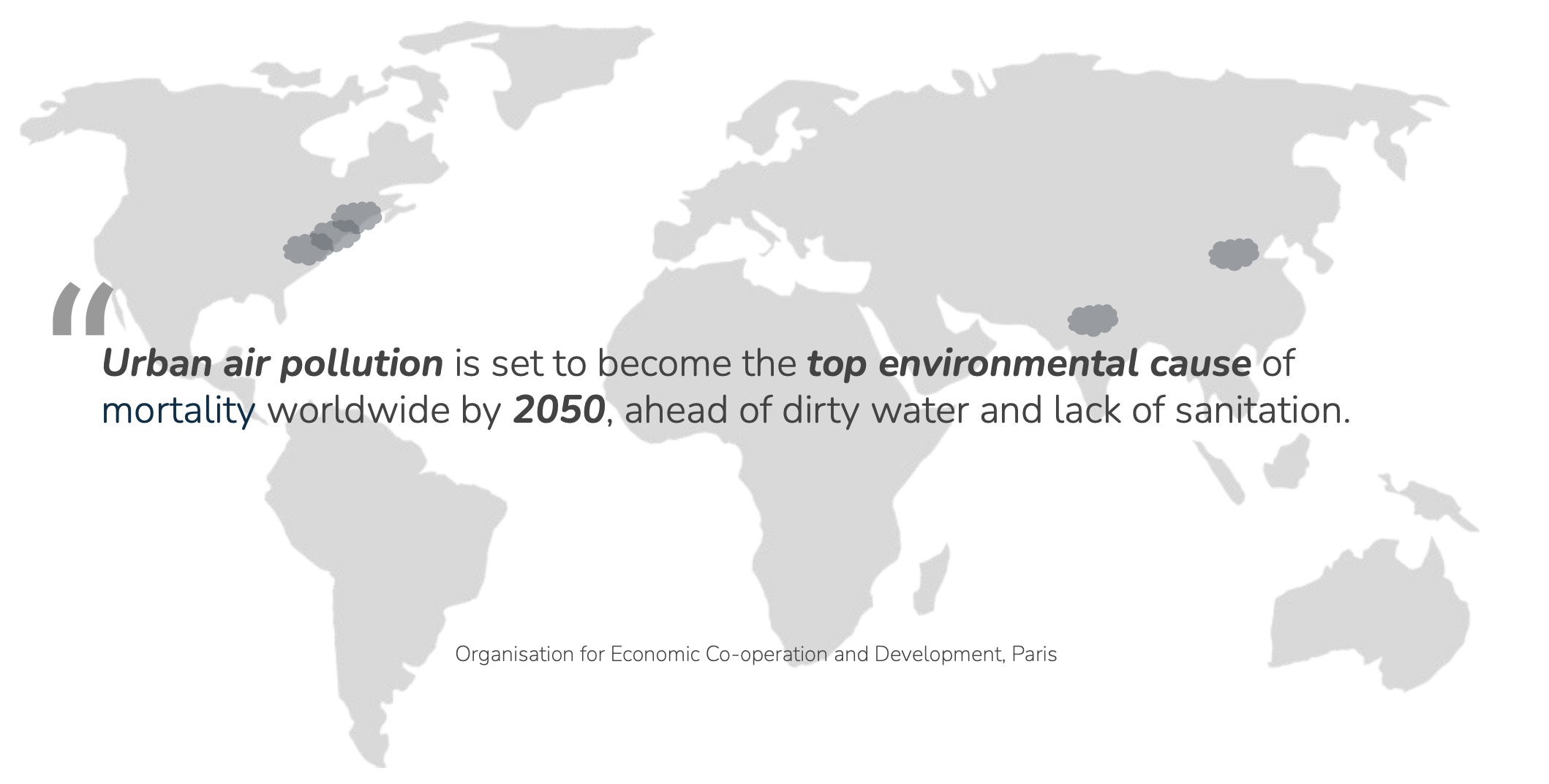New School Students Propose Exhibitions for the Climate Museum
By Dilshanie Perera and Saskia Randle
Each semester, The Climate Museum selects two academic collaborations to share and to learn. This Spring, we had the pleasure of partnering with a course at The New School called “Curating Public Memory.” Taught by Professors Radhika Subramaniam and Julia Foulkes, the course explored the role of museums, monuments, and memorials in society in producing public memory. The course also analyzed how such spaces and institutions can be sites for activating how to re-think the presence of the past in collective movements toward justice.
After listening to a presentation on the history and mission of the Climate Museum, as well as attending our Second Fridays conversations on climate and inequality, students worked in four groups to develop exhibition proposals for the Museum. They presented these proposals to us during a critique on May 5, and we’re excited to share them with you today!
Unearthed: Speaking to and from the Land
By Sara Valbuena Azuero, Greer Bateman, Arpie Gennetian, Elizabeth Sanders
This group posed the question of what it would look like for an art exhibition to engage in substantive decolonization oriented toward Indigenous sovereignty and environmental justice. With Central Park in New York City and Mt. Royale Park in Québec as their areas of focus, the group proposed collaborative site-specific installations and a gallery exhibition that would center the work, curatorial practice, and expertise of Native, Indigenous, and First Nations artists like Kade Twist and Cristóbal Martinez, Rebecca Belmore, Nicholas Galanin, Melissa General, Nadia Myre, Athena LaRoche, Andy Riga, and Tony Hisgett.
Paper or Plastic?
By Amanda Forment Hirsch, Ana Holschuh, Marissa Giblin, Charlotte von Hardenburgh
This group focused on trash as both a climate concern and a feature of urban life in New York City and Buenos Aires. They proposed an all-ages exhibition that brings attendees through the lifecycle of plastics and cardboard in each city. The timelines show how these materials are extracted (in the case of plastics, from fossil fuels), manufactured, sold, and consumed. Crucially, this proposal emphasizes the stories of people whose lives and labor are affected by these processes of production, distribution, and consumption. Each timeline ends with an artistic intervention featuring the materials, and ways for attendees to take further action.
Building Bee Kinship
By Claire Burpee-Ouellette, Carolyn Herrera-Perez, Lucas Vaqueiro, Nia Mair
This group proposed a suite of online resources and programming dedicated to learning, dialogue, and action in relation to bees in New York City and São Paulo. Climate change threatens to eliminate bee populations, our best pollinators, critical to our food supply and more. This project proposed three ways of taking action by engaging with bees: bees as neighbors, bees as friends, and bees as family. At each level, the students provided a range of resources on how to get involved. Additional proposed programming included experiment worksheets, opportunities to share back, and even an installation of Second Fridays at the Climate Museum—Talking Climate: Bee Kinship!
Air Making: Constructing the Invisible
By Akshaya Narayanan, Chelsie Güner, Jennifer Simonton, Nakai Falcon, Sophie Maize
This group proposed an exhibition combining art and technology in dialogue with air pollution. One in five deaths is attributed to the particulate matter released by the burning of climate change-causing fossil fuels. This group’s goal is to make the invisible visible, and showcase ways the hazardous air pollutants we breathe can be manipulated and re-tooled into a creative medium. They proposed a range of artists we could work with—Vibha Galhotra, Andrea Polli, Chakr, AirInk, and Brother Nut. In their words, “This project aims to raise awareness around the global concerns of air quality, especially in a time when many of us are more aware than ever of our breath.”
These proposals exemplify what Professors Radhika Subramaniam and Julia Foulkes characterize as the aim of field of public memory, “to explain and activate the space between formal histories and individual memories—often with the goal of using memorials to re-shape the presence of the past to focus on restorative justice through collective memories and actions.”
We extend our gratitude to Professors Radhika Subramaniam and Julia Foulkes, and all of the students for their incredible engagement with our work!







